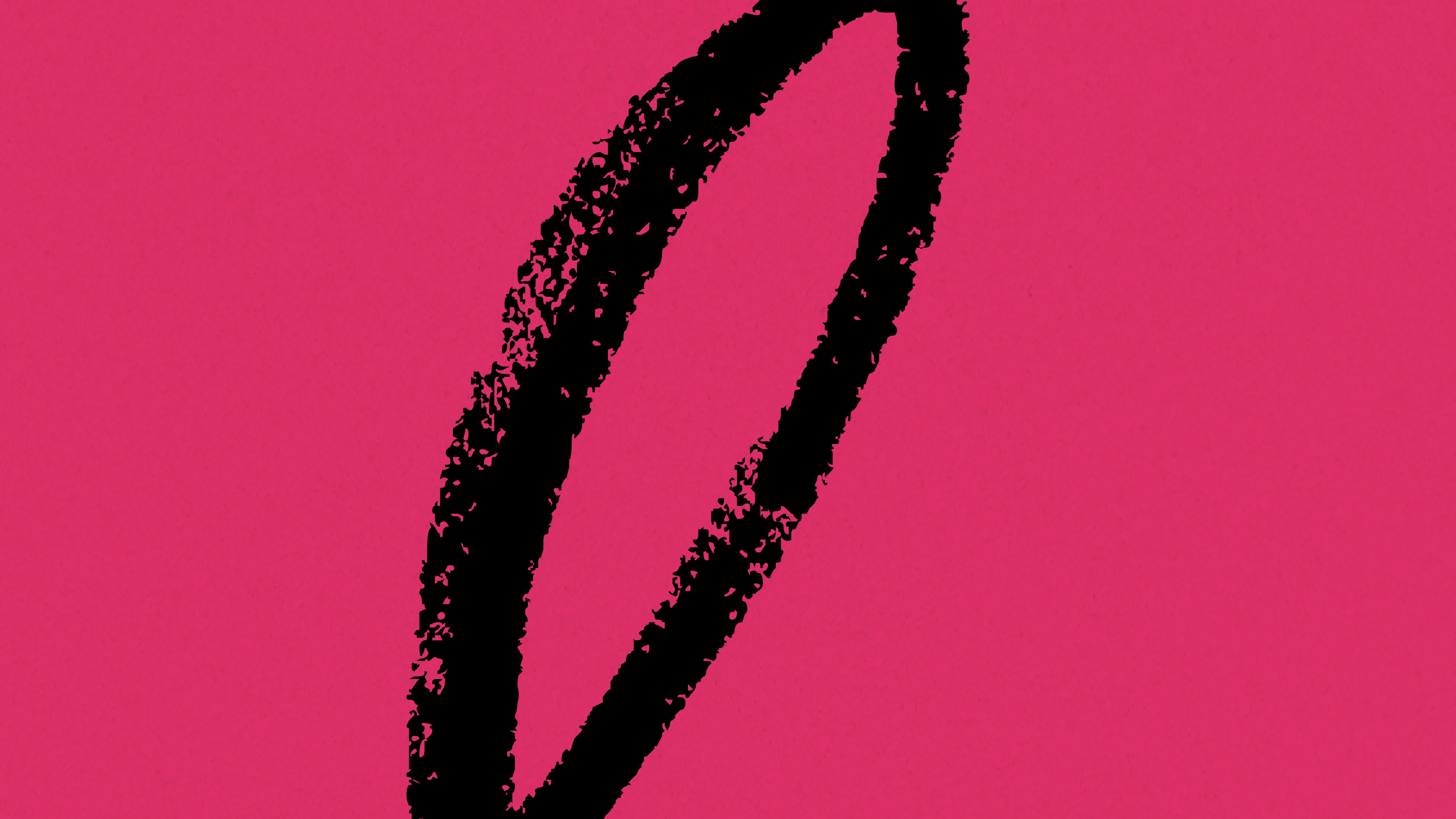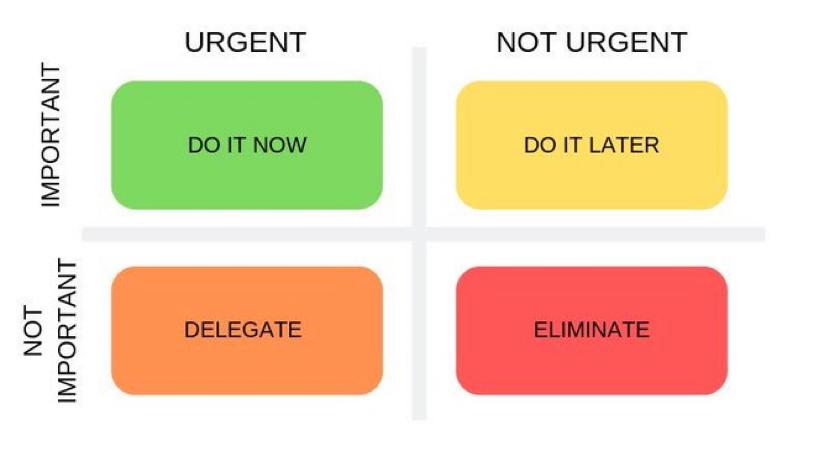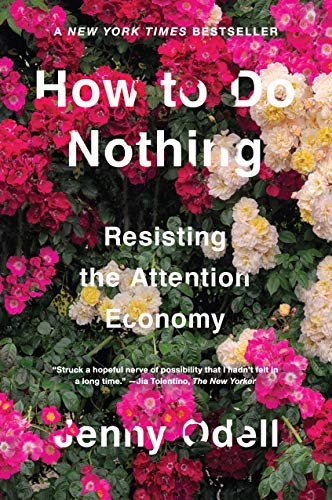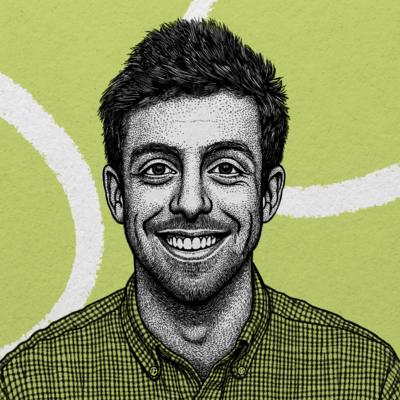
Deliberate Anti-Productivity
After hustling her way to the pinnacle of the PM world at Instagram and Facebook, venture capitalist Bo Ren learned to go further by taking her foot off the gas
February 12, 2020
Bo Ren is type A about not being type A.
She takes time to set intentions for herself, and her career. But rather than More, she’s focused on Enough. And she makes sure to keep Enough front of mind by posting it on the wall in her apartment where she’ll see it every day.
She religiously tracks and prioritizes her commitments in a todo list, but she keeps everything on paper. Taking things manual and analog helps her focus on what’s most important, rather than letting thousands of waiting checkboxes pile up in a list on her phone.
She works hard in her role as Samsung’s Head of New York Ecosystem, but she manages her daily energy budget by making sure to get enough sleep, and using Clockwise to reserve blocks on her calendar for uninterrupted, focused work.
It wasn’t always this way.
Bo was decidedly super productive in her twenties. She organized and she optimized, and she hustled her way from a liberal arts degree to a roles as a PM at Instagram, Facebook, and Tumblr.
But once she conquered those career goals, two things happened.
First, a chronic heart condition relapsed which limited her ability to brute force her way at work — and pushed her to get ahead a different way by working smarter, not harder.
Second, she took a look around and saw that her feelings of inadequacy were still right by her side. She learned that no matter how productive she became, it wouldn’t make her happier. She didn’t need to do more. She needed to face herself.
Today, she’s a VC at Samsung heading up their NYC ecosystem. And instead of trying to be productive, Bo tries to be present.
In this interview, Bo shares her systems for finding focus time while working in a relationship-based industry, identifying and living by her values, and her tactics for managing a daily energy budget.
And of course, she also explains how to make sure those systems are aiming in the right direction: towards deliberate anti-productivity.
How she got into product management
In my early 20s I told myself that if I could become a product manager by thirty, then I would be happy. I accomplished that goal much earlier than I thought, but the feelings of inadequacy lingered. I’ve always been an achiever. More always masked my underlying feelings of not enough.
I grew up with first generation immigrant expectations from my parents that I would become a doctor or a lawyer. After college I rebelled against my parent’s expectations and deferred my law school admissions to do some traveling. One of my stops was in San Francisco, where realized I wanted to join a startup. The first job I got was at a startup called Sunrun, in customer service. I got yelled out a lot by our customers.
I discovered product management by talking to our customers first and fixing those problems with our engineering team.
The only problem was the pedigree required to get a product management job: an engineering background or an MBA. As a liberal arts major, I didn’t check either box. So I spent the next few years hustling to become more technical and blogging about all my experience cracking into PM online.
Eventually I was able to land a job at Facebook and spent a few years working on consumer products in newsfeed and Instagram.
I left product management last year and started as the Head of Ecosystem and Assistant GM at Samsung Next, the corporate innovation arm of Samsung Electronics.
How she found her internal motivation
Two years ago I came to a crossroads. I had been a PM for six years, and as I started talking to people about what I should do next a bunch suggested that I should start a VC fund. I was getting a lot of deal flow through my blogging especially from diverse founders with product backgrounds.
I hadn’t thought about it before, but with other people pushing me on I decided to try to raise a fund dedicated to investing in product leaders and first-time founders.
I worked on it for eight months, but I never raised the money.
It was soul-crushing at first to realize that I wasn’t successful. But I learned while I was doing it that I didn’t actually want to start it — I had just internalized what I had been told I should do by other people.
Now my goals are more like intentions. They’re realistic and humane. It’s not about becoming a partner at a well-known fund or getting onto the Forbes 30 Under 30 list. Those things feel sterile, and unmotivating.
Instead, I try to make a conscious effort to live each day in alignment with my intentions and values. My days of blind ambition are gone.
How she learned to be intentional
I was talking to a friend recently (who is deeply religious) and she was telling me how her faith brought a certain stillness into her life. It helped ground her in the present. She understood that she didn’t need more things or experiences to be satisfied with her life.
That inspired me to be more deliberate about my own intentions. I used to be one of those extremely organized people, trying to optimize every minute of every day. But I intentionally moved out of Silicon Valley to put that life behind me, to find my own stillness.
I spent some time thinking: how do I want to live my life? One thing my friend helped me come up with is doing enough. I struggle with a sense of inadequacy and I sometimes joke that I have the biggest Napoleon complex (I’m a tiny person!).
So I set doing “enough” as an intention for myself. It’s even up on my wall so I can see it every day.
Fixating on being enough reminds me in the moment that I don’t always have to be achieving more.
Less doing, more being.
She lives her values
I also spent time defining my values. I view these as similar to intentions, but instead of things I have top of mind all the time, my values are how I keep my day-to-day life and career in line with what’s important to me as a person.
I even hired a coach and talked through what’s most important to me. And once I defined my values, I could apply them to how I wanted to structure my life. Here are a few that I live by:
- Human connection. It really fills my soul; I just don’t like superficial connections. I can’t sacrifice depth of connection for the breadth of connection.
- Interdisciplinary thinking. I’ve always been a generalist, a multipotentialite. I can pick up things pretty quickly and get bored easily, so it’s important to me to look at the world through multiple lenses.
- Self edification and knowledge sharing. I’m attracted to “just-in-time” learning where I can immerse myself in a subject and become a conversational expert in a condensed period of time. Part of my enjoyment is in the mastery of the subject itself, but another part is sharing it with friends or co-workers.
- Freedom of expression. I have lots of thoughts and opinions. I like to fire off things, and I’m best in an environment where there aren’t severe consequences for speaking my mind. I’m not the type to edit my thoughts before I speak.
She uses physical reminders of her intentions and values
At home I have a workstation where I physically list all my intentions and values on my wall.
The reason I like to have a physical reminder is to make it a ritual in my life. We’ve become so desensitized to screens that when you see something in writing, it just feels more salient. It’s way more impactful than a phone background or on an app.
And I pay more attention to the notes I write to myself than the notes I take on my phone. Honestly, I just need to not look at screens for part of the day. It’s one way of staying sane.
Every morning she spends time creative writing
I’m a huge journaler. My method is borrowed from The Artist’s Way, which emphasizes writing as a tool to unlock creativity. So every morning I spend twenty minutes writing to get into a creative flow. I use a worry relief journal and while some of the prompts are kind of woo woo, it helps me parse out the most important things for my day.
I used to use 750 Words as a journal — just to write a stream of consciousness on my morning commute. But I realized that the sensation of typing is very different then the sensation of writing.
My handwriting is sensitive to my mood in a way that typing isn’t. When I look back on my journal, I get to read an emotional manuscript of how I was living at that point in time.
She handwrites her to-dos
Each morning I write out my to-dos and categorize them as high, mid, or low priority. I also review yesterday’s to-do list and transfer anything that wasn’t completed.
If there’s something I keep putting off, it’s probably something I don’t want to do. I kind of punish myself by painstakingly re-writing items — it’s a little bit masochistic. But if something is on there three or four days in a row, this process helps create a personal amnesia: if it keeps getting put off, is it really important?
I used to be a really avid bullet journal person. The beauty of bullet journaling is that you have to manually move to-dos from one day to the next. It worked for a while, but eventually it became too much work for me. My current process is kind of like bullet journaling lite, just simplified.
I’ve also tried Trello and Notion, and even used to be a huge Quip user. But digital to-do lists created a lot of detritus. It was too easy to compartmentalize tasks and move things up and off a list.
My brain works better if I can distill the 2-3 most important things I have to do and all the other small chips fall into place.
She reserves time for focusing
I currently use Google Calendar to track my meetings and Clockwise to block my Focus Time. Clockwise is a web app that helps schedule uninterrupted blocks of time. They have an option where they actually control and move around your meetings, but I just use it to schedule multi-hour periods of work time.
I find if there is a week with no focus time, that’s a problem. I need a marker in my calendar that shows if I overbooked myself. My goal is to know how many finite meeting slots I have in a week and stop booking after I hit my allotment.
I struggled when I first started working at Samsung last year because I said “yes” to too many meetings. My work is relationship-based so I felt an obligation to network with lots of people. But now I create slots of time for writing or work from home to remain uninterrupted.
I need structure in my life — that’s just how my brain works. Even if I might meet more people by crowding my schedule, I like having a mix of human interaction and time for writing or thinking. Writing is a way for me to process all the inputs I gathered throughout the day.
How she manages a chronic illness
I didn’t win the lottery from a health perspective. I’ve had a chronic heart condition since I was a child and had a case of mono earlier this year, which relapsed into chronic fatigue six months later. This “sick-kid” complex can be a self-fulfilling prophecy so I try my best to set up checks and balances to manage its impact on my life.
Everyday is a conscious balance of working within my energy budget without overdoing it. I have a certain amount of points I can cash out through exerting myself on focused work because I never know when the next wave of fatigue will set in.
I sleep eight hours every night and have cut out alcohol completely — I have to increase my baseline just to be a functional human being. Anything that would create physiological volatility is cut out.
I spent my twenties climbing my first mountain, and while I’m not certain of the direction, I have to find the next mountain I want to climb. It’s a deeper self-journey and only I can tell you the difference between old Bo, current Bo, and future Bo.
A book recommendation
At the peak of my chronic fatigue I picked up How to Do Nothing thinking it was a self-help book. But as I dove deeper, I realized it was an interdisciplinary commentary on the attention economy and late-stage capitalism.
I’m really obsessed with solving the negative externalities of tech and this book has informed me so much on how we got into this mess in the first place. It’s even made me question what I do: am I just a cog in the capitalist system? It’s an original and wide-reaching book on just how far we’ve gone with technology and I highly recommend it.
Adam Keesling served as the contributing writer on this post. Dan Shipper served as the editor.
Introducing the Superorganizers x Lotus Hoodie!
Superorganizers passed 4,000 subscribers this week! 🚀
To celebrate, we’re launching hoodies featuring your favorite old productivity software. Check out the video below.
It’s going to be available only for the next 24 hours — so get yours while you can!
$59 for free subscribers.
$33 (40% off!) for Superorganizers Premium Members (if you’re a member click here.)
They’re dope, you should grab one.
The Only Subscription
You Need to
Stay at the
Edge of AI
The essential toolkit for those shaping the future
"This might be the best value you
can get from an AI subscription."
- Jay S.
Join 100,000+ leaders, builders, and innovators

Email address
Already have an account? Sign in
What is included in a subscription?
Daily insights from AI pioneers + early access to powerful AI tools
















Comments
Don't have an account? Sign up!